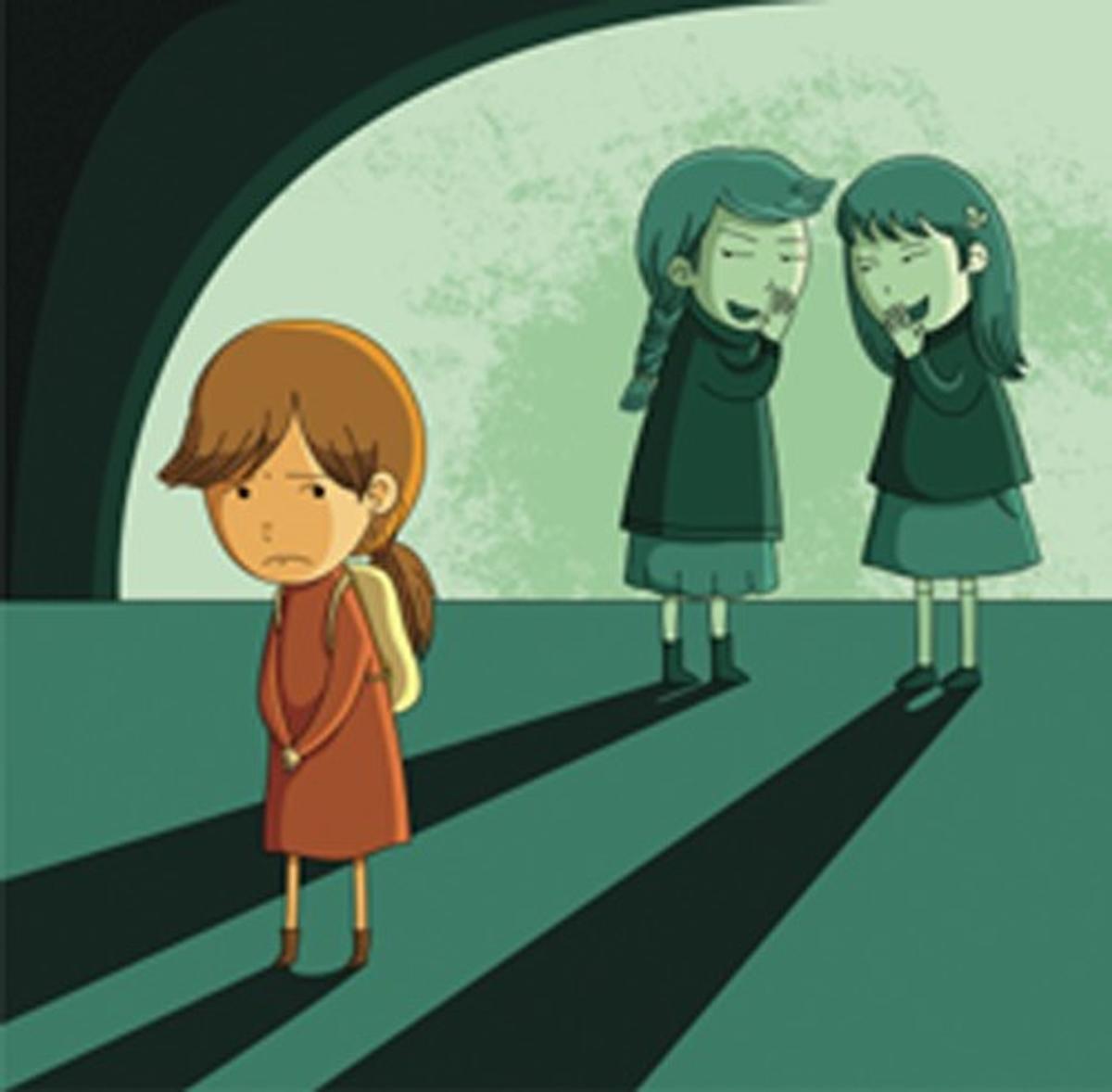Wellbeing @ Weeden

Teasing vs Bullying
Bullying is always a hot topic. It begs the question- “What is bullying? Do we mix it up with teasing and other forms of mean behaviour?”
It’s an important topic that needs clarification.
Bullying is a term that’s wrapped in emotion. For many people it’s associated with bad childhood memories. It’s been estimated that around 40 per cent of people have experienced bullying in the past. It’s something that we don’t want to happen to our children.
But I fear it’s being overused at the moment and confused with teasing and rudeness.
Rudeness refers to thoughtless behaviours and thoughtless words. Kids often do rude things to each other without thinking their actions through. Examples include breaking wind in a child’s direction; joking about the colour of a child’s hair in front of others; failing to share possessions and neglecting to acknowledge someone. Rudeness is usually about selfishness and thoughtlessness. Taken on their own many rude behaviours can be seen as an element of bullying but when looked at in context they are more about thoughtlessness, lack of consideration and poor manners rather than a deliberate attempt to hurt someone.
Teasing refers to annoying, hurtful behaviour that is used to get a reaction from someone else. Teasing can be persistent in nature, but not always. It’s generally an attempt to get under a person’s skin. It can involve name-calling; it can be personal and hurtful in nature. It can also infringe on another person’s rights. But generally teasing doesn’t have the key ingredients that make up bullying.
Bullying is the selective, uninvited, repetitive oppression of one person or group by another. It involves three elements – intent to hurt or harm; power imbalance; and repetition over time. It takes many forms and guises including physical aggression; verbal abuse; emotional aggression (or blackmail); intimidation; harassment and exclusion.
The new cyber-dimension to bullying has moved the goalpost for many young people. In the past children and young people could escape bullying behaviours by being at home. Cyber-bullying means that children can’t escape bullies like they once could.
Why the distinction?
I hear the term bullying misused a great deal in the media and when talking with parents. We run the risk of “The Boy Who Cried Wolf” Syndrome where we become so desensitised to the term that we (or teachers) ignore it when children really are the victims of bullying. We also run the risk of failing to skill our kids up to manage rudeness and teasing if we categorise every awful behaviour that kids experience as bullying.
Our ability to be discerning about bullying is as important as the action we take when we are sure that our child is on the receiving end of bullying behaviour. These actions include: dealing with feelings; providing emotional coping skills, getting others involved; building up a child’s support networks; and building self-confidence that can take a battering.
Bullying needs to be taken seriously. But we also need to be discerning about bullying behaviours.
Article from Michael Grose
‘Whitehorse City Council’s June Parenting Information Forum - Understanding & Responding to Children's Behaviours (0-10 years)
Presented by Angela McGann from Early Life Foundation, on Tuesday 18th June at the Whitehorse Centre in Nunawading.
Date: Tuesday 18th June
Times: 7:30pm-9pm (Registrations open from 7pm with tea and coffee served)
Where: Whitehorse Centre (Rear of 379-397 Whitehorse Road, Nunawading)
Cost: $2 gold coin donation payable on the night
Further information is provided in the attached flyer as well as information about future forums. Families can book online through the our website http://www.whitehorse.vic.gov.au/Parenting-Information-Forum-Program.html

